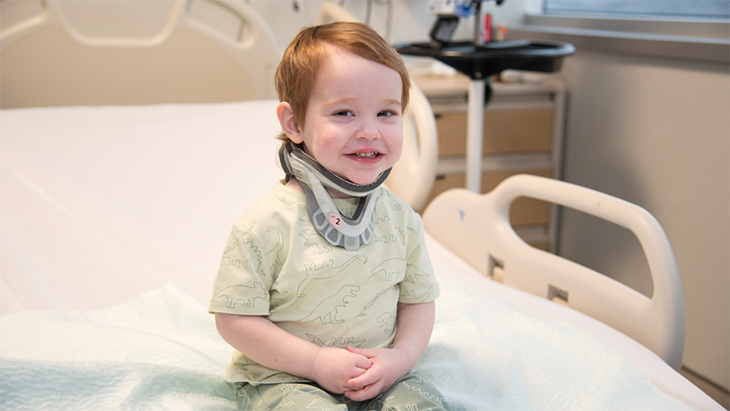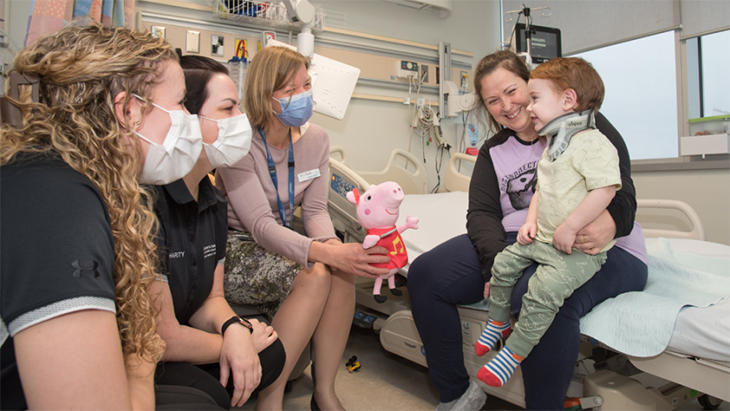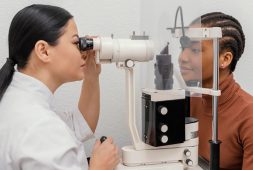Medical Staff Performed 3 Hours Of CPR On Pulseless 3-Year-Old Boy Until Life Returned To His Body

The general approach of most medical teams when it comes to CPR is to stop after 20 minutes if there is no ROSC, or return of spontaneous circulation or viable cardia rhythm re-established, according to Life in the Fastlane (LITFL.com). However, doctors and medical staff refused to follow this protocol when 3-year-old Waylon Saunders entered their hospital doors despite being considered legally dead.
Little Waylon had accidentally fallen through the thin ice-layer of the backyard swimming pool in his home daycare service and was believed to have been under water for at least 5 minutes when he was found. In fact, his body temperature was so low when the paramedics arrived on the scene, they couldn’t even get a pulse on their thermometer from the young boy.
However, when he arrived at the Charlotte Eleanor Englehart Hospital located in Petrolia, Ontario, that the medical team decided to perform CPR for the next three hours, without stopping. At the same time, they also used other methods to bring warmth back to his small and frozen body.
According to a report in London Health Sciences Centre named ‘Saving Waylon,’ it shares how Dr. Nathan Taylor was on duty that day. Dr. Taylor talks about how everyone from different health teams left their offices to help them out with the toddler. Using CritiCall, they were able to speak and work hand-in-hand with Dr. Janice Tijsssen, director of the pediatric critical care unit at the Children’s Hospital, London Health Sciences Centre in Ontario, who was the physician on duty that day for their Paediatric Critical Care Unit (PCCU).
Dr. Taylor shared, “It was truly a team effort: lab techs were holding portable heaters in the room at one point; EMS personnel also helped out by rotating through as compressors and helping with managing his airway and nurses were even running to microwave water to help with warming. And the whole time we had support on the line from the team in London.”
In fact, Dr. Taylor believes that there were at least 20 different people helped to work on Waylon. It was because of Dr. Tijssen’s guidance over the phone that they continued performing CPR. Incredibly, after three long hours of continuous compressing to his chest to artificially pump blood to his brain and other organs, they not only managed to restart his heart, but they also managed to keep it going.
Waylon was eventually brought to Dr. Tijssen’s hospital once his heart started beating again. She shared, “They had a cycle of people providing CPR in Petrolia. They had people warming him with many different techniques.” When he finally arrived in London, the PCCU team took over his continued rewarming and neuroprotection that day.
She also told CBC News, “There was a big team helping him then, keeping him comfortable as his organs started to heal. Then allowing him to wake up. He’s exceeded all expectations.”

Miraculously, just two weeks later, Waylon was able to leave the hospital and go home with his family. As for Waylon’s mom, Gillian Burnett, she also told CBC News that the medical teams and the people that helped keep her son alive ‘did something amazing.’ She says that she owes them an entire lifetime of gratitude.
She added, “They’re heroes. The other day I told them that they’re God’s soldiers. I will forever love them, they are like a big family to us. They have a piece of my heart for the rest of my life.”
CPR is actually not a difficult or complicated procedure, and it’s a lifesaving technique that can be learned. You can learn how to save a life right here.



